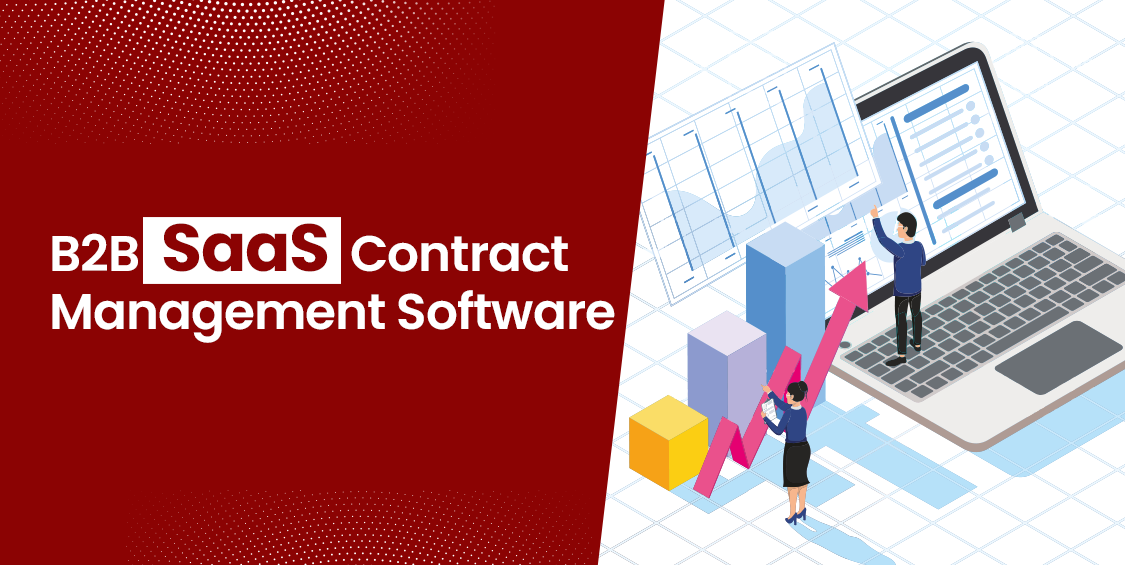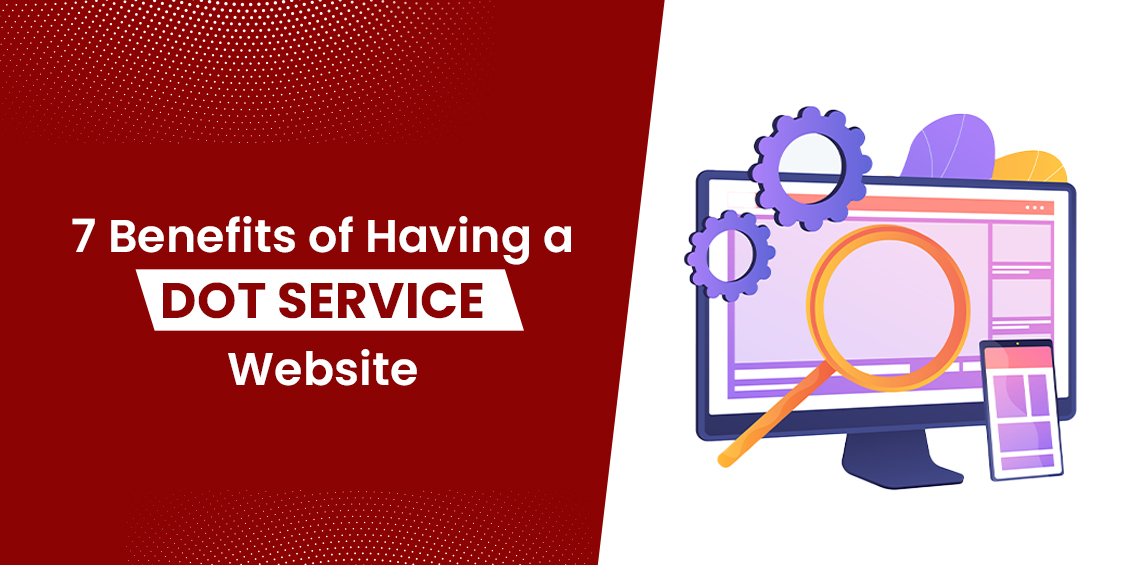Cybersecurity Threats and Countermeasures
Cybersecurity has become one of the leading concerns in the modern, interconnected digital age. When everything runs on technology and software, the safety of the information stored or processed by various means cannot be underestimated. While the rapid advancement of contemporary technologies brings a plethora of opportunities, it also generates numerous threats to the integrity, confidentiality, and availability of sensitive information. Cyber attacks do not discriminate, and they can attack individuals, user-based organizations, and even transnational corporations. Hence, both people and organizations should understand existing threats and ensure the utilization of proper countermeasures in addressing potential risks. This blog post outlines some of the most prevalent cybersecurity threats and discusses effective ways to combat them, focusing on the support provided by IDG in the field.
Understanding Cybersecurity Threats
Malware Attacks
Malware, short for malicious software, encompasses a broad category of harmful programs designed to infiltrate systems, steal data, or cause damage. Common types of malware include viruses, worms, Trojans, ransomware, and spyware. These malicious programs can be transmitted through infected email attachments, compromised websites, or removable storage devices, posing significant risks to individuals and organizations alike.
Phishing and Social Engineering
Phishing attacks involve the use of deceptive emails, messages, or websites to trick users into divulging sensitive information such as login credentials, financial details, or personal data. Social engineering tactics exploit human psychology to manipulate individuals into performing actions or revealing information that can be exploited by attackers. Phishing and social engineering attacks often serve as entry points for more sophisticated cyber attacks and require heightened awareness and vigilance to mitigate.
Cyber Espionage and Advanced Persistent Threats (APTs)
Nation-state actors, organized crime syndicates, and other threat actors engage in cyber espionage to steal sensitive information, intellectual property, or state secrets for political, economic, or military gain. Advanced Persistent Threats (APTs) are stealthy and targeted attacks that involve prolonged intrusion into networks, often aimed at compromising high-value assets or conducting espionage activities. Detecting and mitigating APTs require sophisticated security measures and threat intelligence capabilities.
Data Breaches and Insider Threats
Data breaches occur when unauthorized individuals gain access to sensitive information, resulting in exposure or theft. Insider threats, whether intentional or unintentional, pose significant risks to organizations by exploiting their privileged access to sensitive data and systems. Implementing robust access controls, encryption mechanisms, and monitoring solutions is essential to effectively prevent and detect data breaches and insider threats.
Ransomware and Extortion
Ransomware attacks encrypt victims’ data and demand payment in exchange for decryption keys, effectively holding critical information hostage. These attacks can cripple businesses, disrupt operations, and result in significant financial losses and reputational damage. Effective backup and recovery strategies, along with proactive threat detection and incident response capabilities, are essential to mitigate the impact of ransomware attacks.
Effective Countermeasures
- Implementing Multi-Factor Authentication (MFA): One of the most effective countermeasures against unauthorized access is to implement multi-factor authentication for all user and administrative accounts. MFA requires users to provide multiple forms of authentication before they can access sensitive systems or data, often combining something the user knows with something they have. This ensures that even if an adversary obtains a user’s credentials, they cannot use them to grant themselves access.
- Regular Security Awareness Training: While MFA can help prevent adversaries from succeeding when they try to steal credentials, it will not stop them from attempting to trick your users into giving it to them. Organizations need to conduct regular security awareness training for employees to help them understand the risks and report potentially nefarious activities. This will often catch and neutralize phishing attempts and other social engineering scams before they can gain a foothold in your network.
- Implementing Network Segmentation and Least Privilege Access Controls: Network segmentation divides a network into several distinct zones and enforces the least privilege on access controls to prevent each account from accessing anything they don’t have to. Both of these measures can severely limit an adversary’s ability to spread once he is inside your network and can stop them from moving laterally to steal information.
- Deploying Next-Generation Firewalls & Intrusion Detection/Prevention Systems: Tools like next-generation firewalls and intrusion detection/prevention systems analyze network traffic and logs for signs of malicious behavior, “weird” behavior, and known bad signatures to help you proactively identify and stop threats. These tools are especially effective at discovering and neutralizing malware and other malicious artifacts before they can cause any damage to your systems or data, as well as detecting 0-day exploits and other previously unknown vulnerabilities before they can be used against you.
- Outsourcing Your Security to a Managed Security Service Provider: Most organizations need personnel with the resources and expertise to manage their cybersecurity posture entirely internally. However, managed security service providers can monitor your network 24/7 and fight back against any attack that tries to compromise your security.
How IDG Can Help?
IDG, as a leading global media, data, and marketing services company, is uniquely positioned to provide valuable support and resources to individuals and organizations seeking to enhance their cybersecurity defences. Here’s how IDG can assist in safeguarding cyberspace:
- Access to Expert Insights and Thought Leadership: IDG’s extensive network of technology publications, research reports, and industry events provides access to expert insights and thought leadership on cybersecurity trends, best practices, and emerging threats. Through platforms such as CSO, Network World, and InfoWorld, IDG delivers timely and actionable information to help organizations stay ahead of evolving cybersecurity challenges.
- Customized Content and Training Solutions: IDG offers customized content creation and training solutions tailored to the specific needs of organizations looking to enhance their cybersecurity awareness and readiness. Whether through white papers, webinars, or interactive e-learning modules, IDG helps organizations educate their employees and stakeholders on cybersecurity risks and mitigation strategies effectively.
- Strategic Partnerships and Collaborations: IDG collaborates with leading cybersecurity vendors, solution providers, and industry associations to deliver comprehensive cybersecurity solutions and services to its audience. By leveraging its extensive network of partners and alliances, IDG helps organizations identify and implement the right cybersecurity technologies and strategies to protect their digital assets effectively.
- Data-driven Insights and Market Intelligence: IDG’s proprietary data and market intelligence capabilities provide organizations with valuable insights into cybersecurity trends, threat landscapes, and industry benchmarks. By leveraging data-driven analytics and research methodologies, IDG helps organizations make informed decisions and prioritize their cybersecurity investments to maximize their impact.
To sum up, it is evident that cybersecurity threats are becoming more complex and sophisticated. These developments present severe risks to people, businesses, and other organizations across the globe. The implementation of effective strategies to counter these threats is key to enhancing cybersecurity and reducing the chances of being attacked. With the help of IDG, organizations have an opportunity to acquire knowledge and gain access to resources and solutions necessary to effectively address the challenges of the dynamic cybersecurity environment and protect their assets.






